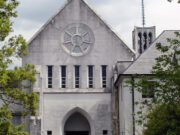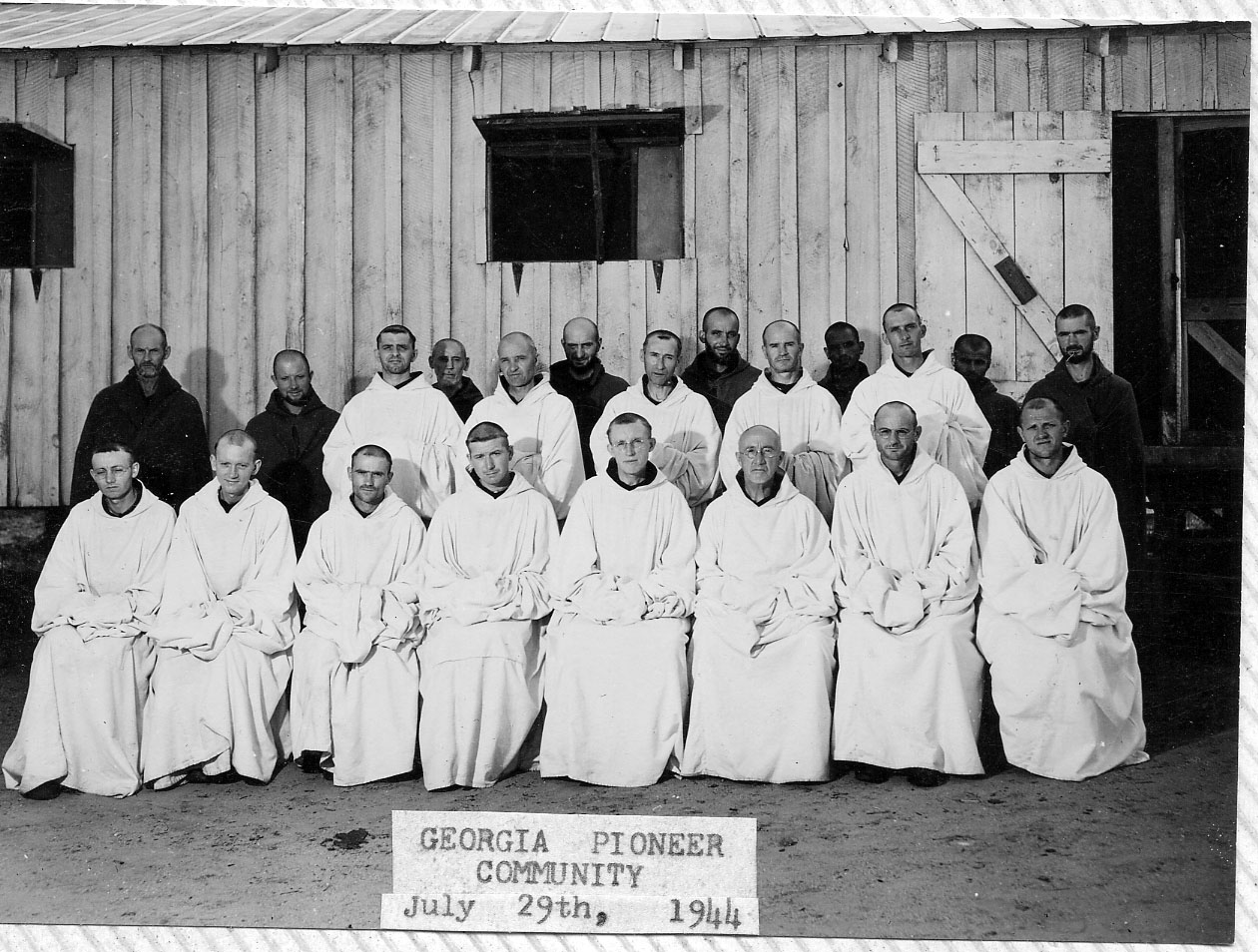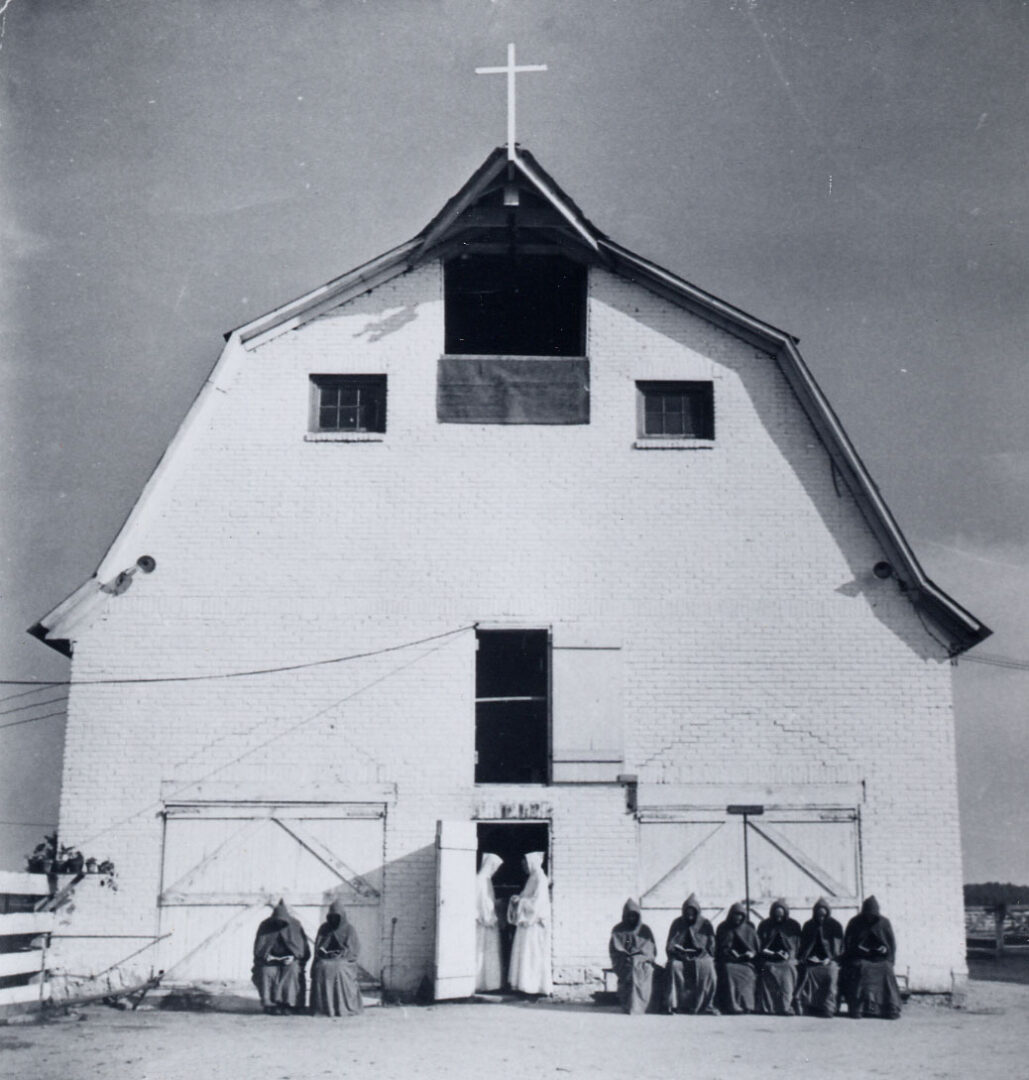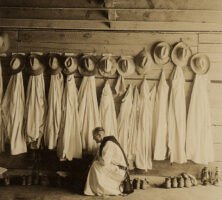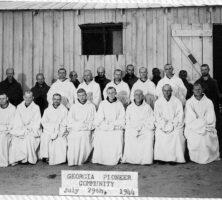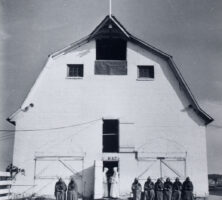The Monastery of the Holy Spirit in Conyers is a Roman Catholic community of Trappist monks who seek to follow strictly the pattern of living constructed by St. Benedict of Nursia in early-sixth-century Europe. Begun in 1944, the Monastery of the Holy Spirit was the first American Trappist community started by another Trappist monastery in the United States.
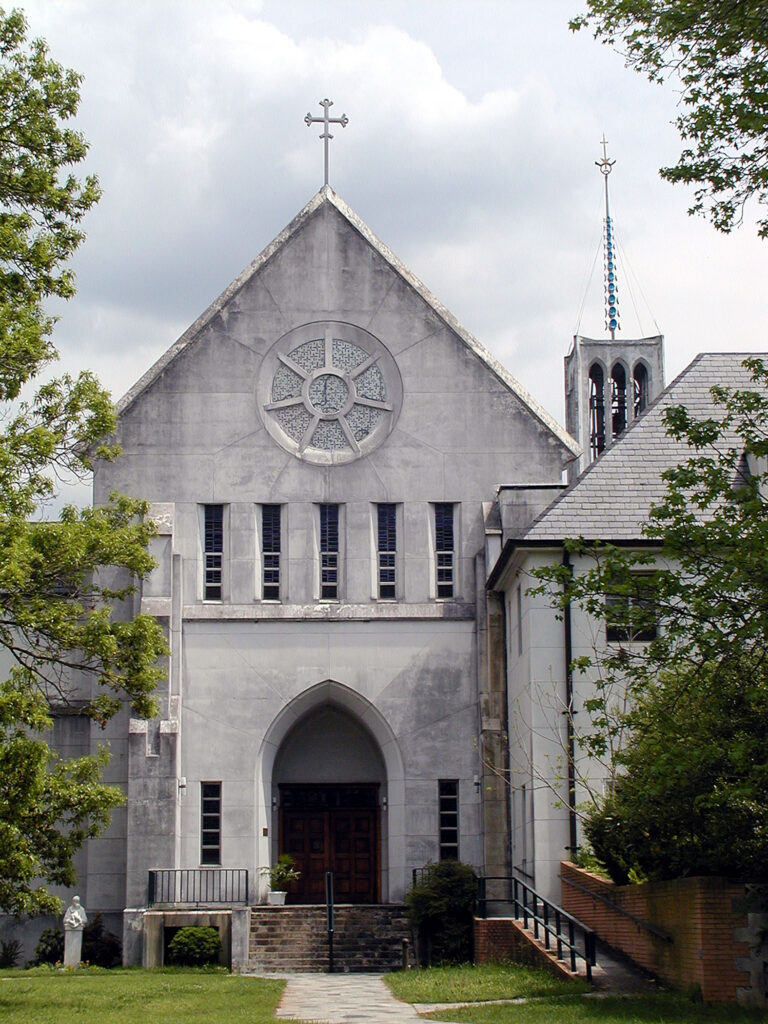
Courtesy of Our Lady of the Holy Spirit Monastery
As part of the Cistercian monastic tradition, the Monastery of the Holy Spirit can trace its origins to eleventh-century Europe. In 1098 a group of Benedictine monks started a new monastery in Citeaux, France, for the purpose of following the Rule of St. Benedict more closely than was customary at the time. This separation resulted in the creation of the Order of Citeaux, a monastic tradition whose adherents are called Cistercians.
By the 1660s Cistercian monks became divided among themselves over the degree to which the Rule of St. Benedict should be strictly observed. Guided by the thoughts and practices of Abbot Armand de Rance, the more rigorous members of the order advocated a simple vegetarian diet, more fasting, longer periods of silence, and a greater degree of seclusion from the secular world. These austere devotees became a religious order in their own right in 1892, and they gained the title Order of Cistercians of the Strict Observance (OCSO) by Pope Leo XIII in 1902.
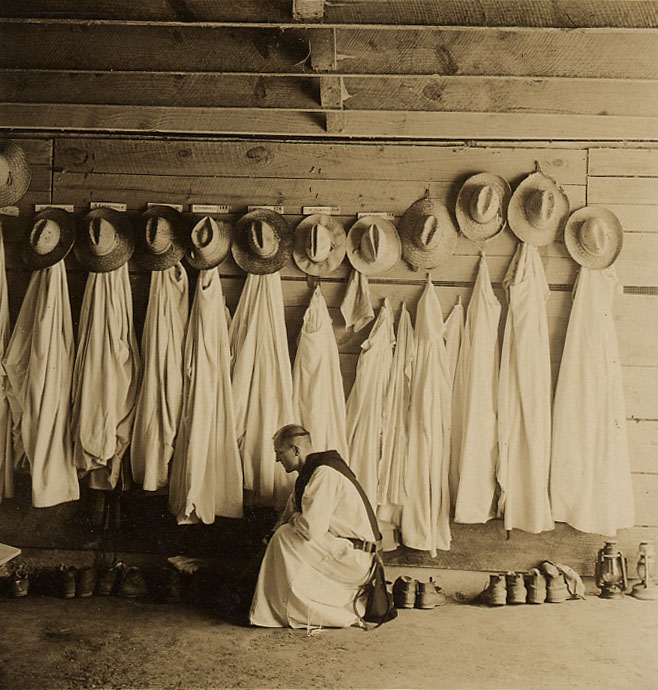
Courtesy of Our Lady of the Holy Spirit Monastery
The monks at the Monastery of the Holy Spirit are members of the OCSO. These strict Cistercians are more commonly known as “Trappists,” a name derived from the Abbey of La Trappe near Montagne, France, where Armand de Rance was abbot for a time. Trappist communities consisted of more than 100 houses of men and almost 70 houses of women by the year 2000. The most recently established monasteries are in Africa and Latin America.
Trappist monks first arrived in the United States in 1803, landing in Baltimore, Maryland, and establishing themselves at Pigeon Hill near Hanover, Pennsylvania. However, the Monastery of the Holy Spirit traces its origins to a later group of monks from Melleray, France, who founded a monastic community at Gethsemani, Kentucky. Partly in response to a surge in membership during the 1930s, twenty monks from the Kentucky monastery moved to Georgia and founded the Monastery of the Holy Spirit on St. Benedict’s Day, March 21, 1944.
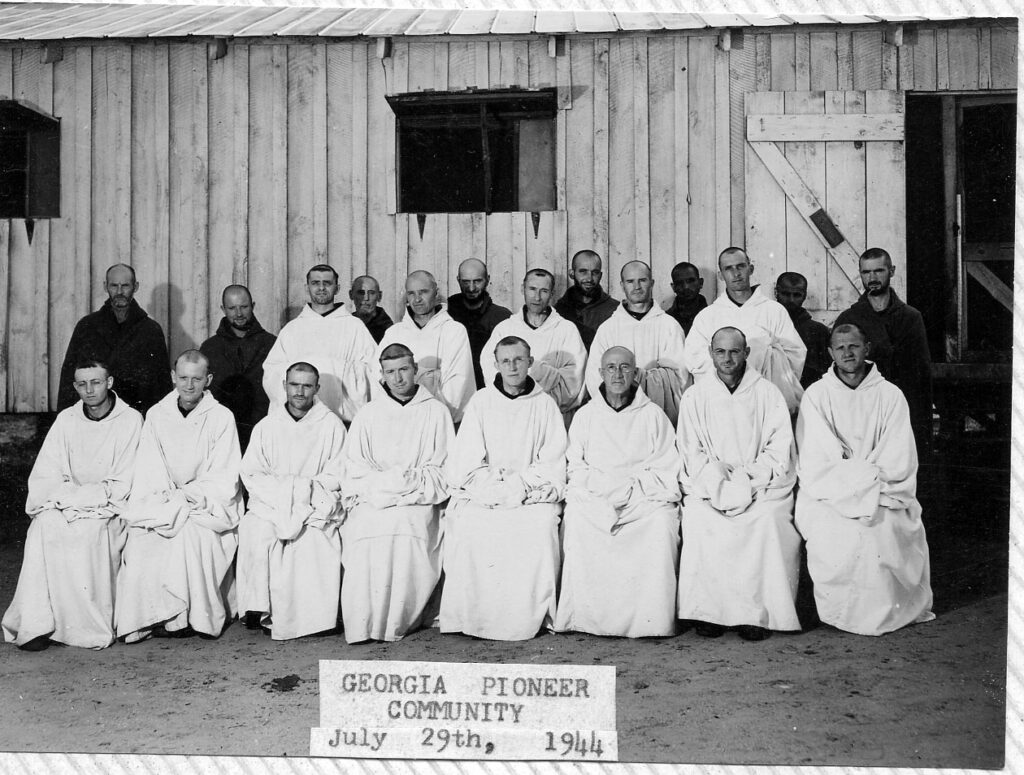
Courtesy of Our Lady of the Holy Spirit Monastery
The group of monks settled on 1,400 acres of land in Rockdale County. They lived in a barn until they finished building a temporary housing structure in December 1944. The main building of the monastery was not completed until 1959. The monks also built a church, which was finished by 1960. Their own handiwork provided the stained-glass windows for the structure. By 1969 a guest house had been added to the property as well. The monks live regimented lifestyles consisting of private prayer, communal worship, and manual labor. They support themselves primarily through proceeds from the operation of a bookstore, the cultivation and sale of bonsai trees, and the sale of gardening equipment.
The Monastery of the Holy Spirit is considered the daughter house of the Trappist monastery in Gethsemani, which reflects the familial manner in which Trappist communities relate to one another. The highest Trappist authority is a ruling body composed of abbots, titular priors, and provisional superiors of houses. However, individual monasteries are led by abbots and are largely autonomous in the management of everyday affairs. Two of the monastery’s most noteworthy abbots have been Dom Augustine Moore, who served as abbot for twenty-six years (1957-83), and M. Basil Pennington (2000-2002), the author of many books and articles on centered prayer.
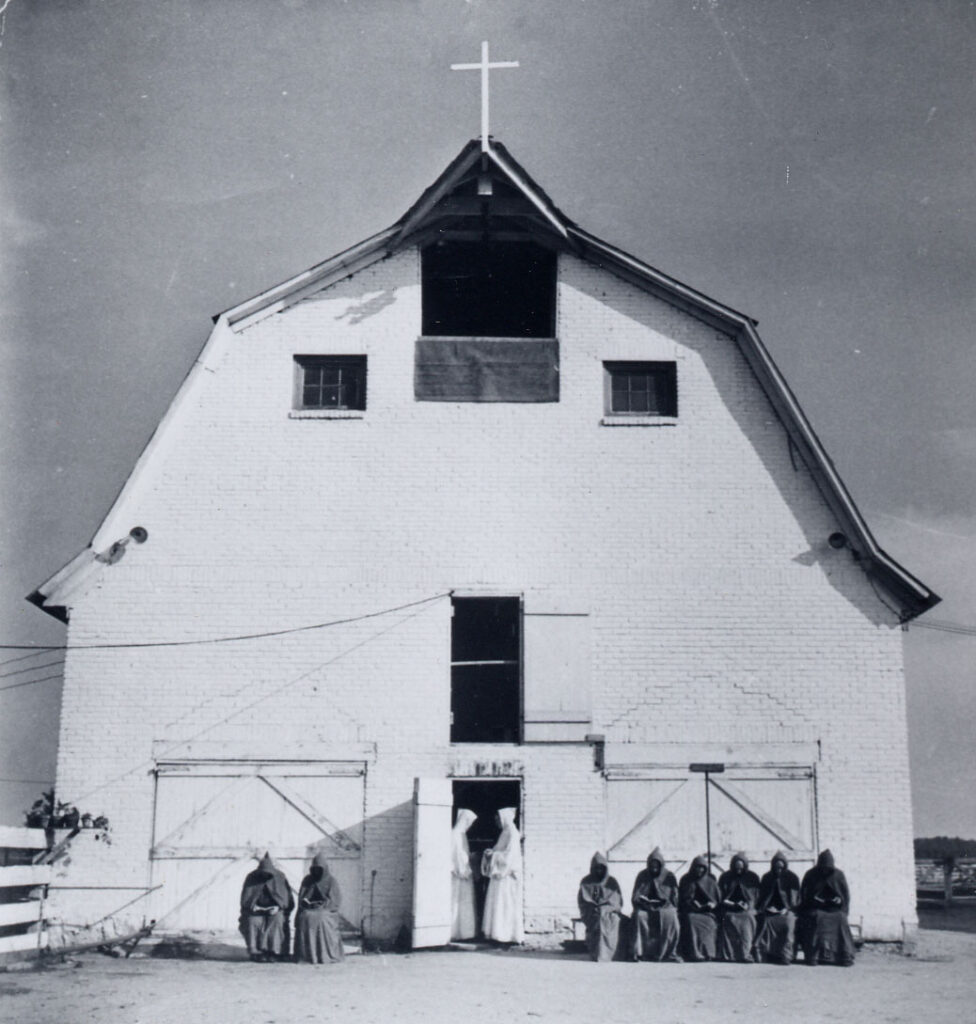
Courtesy of Our Lady of the Holy Spirit Monastery
In 2005 the original monastery, built of pines removed from the property, caught fire and burned to the ground. The pineboard structure was used as a carpentry shop, and the monk’s stained-glass and sandcasting industries were also housed there. Monks lived in the structure from 1944 to 1960, when a new building was completed.


